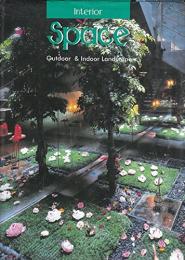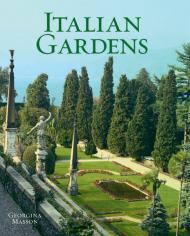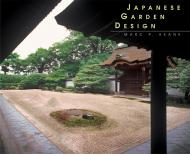Volume illustrates different positions and research, and attempts to give answers and relaunch issues, dedicating “High_Scapes” - high meaning geographical altitudes and physical excellence - in the various sections where different topics are developed.Some of the answers to the problems presented are derived from the results of the research presented in the first edition of the ALPS Biennial (Alpine Landscape Project Sustainability, June 2008).The book also contains a DVD of the documentary film “Inside the Landscape, the Alps”, shot on location during the Biennial, that relaunches issues concerning the alpine landscape, but generally the reality and central focus of this matter and the issues linked to it, through images and contributions of the people involved in the research in progress.
Издательства
- Rizzoli (42)
- Timber Press (29)
- Thames & Hudson (16)
- Frances Lincoln (11)
- Braun (11)
- Phaidon (10)
- Tuttle (9)
- Monacelli Press (9)
- Filbert Press (6)
- Mitchell Beazley (6)














